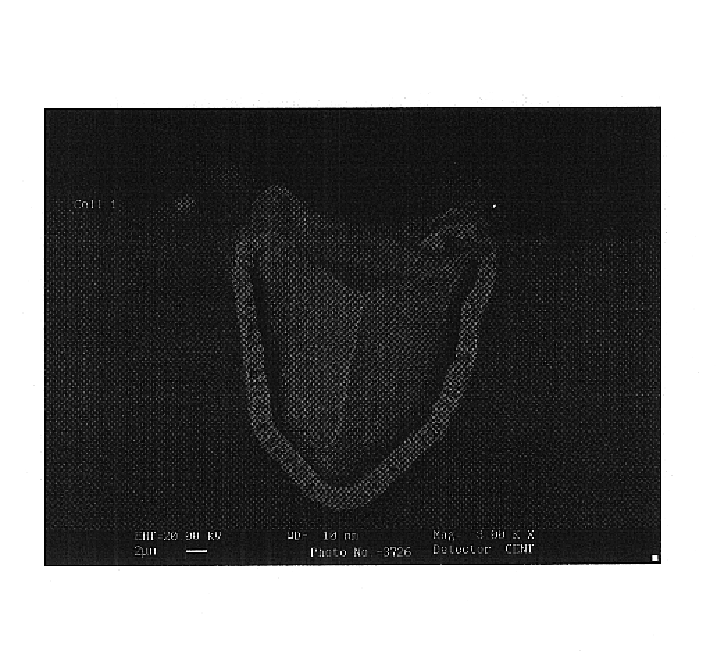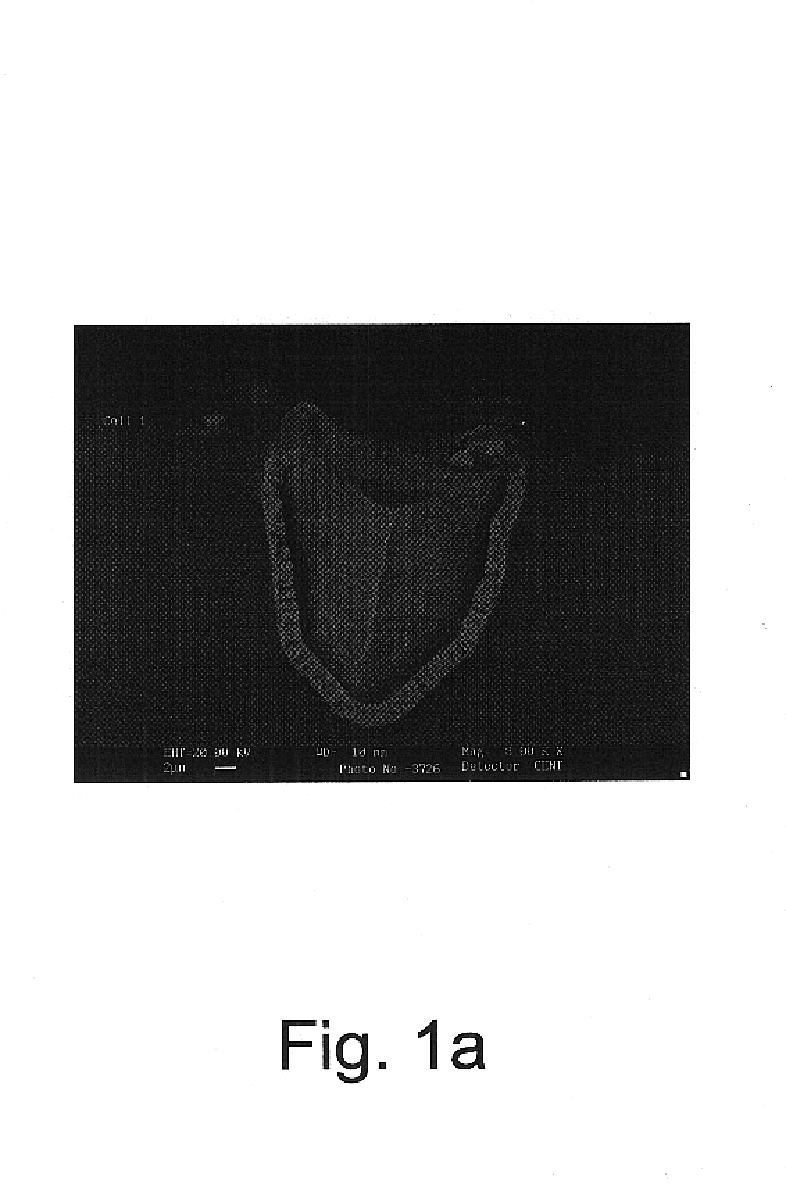Process for depositing metal contacts on a buried grid solar cell and solar cell obtained by the process
a solar cell and process technology, applied in photovoltaic energy generation, electrical apparatus, semiconductor/solid-state device manufacturing, etc., can solve the problems of increasing the cost and handling of large amounts of chemicals, reducing the efficiency of the cell, and slow current deposition process by electroless plating. , to achieve the effect of short processing time and high plating ra
- Summary
- Abstract
- Description
- Claims
- Application Information
AI Technical Summary
Benefits of technology
Problems solved by technology
Method used
Image
Examples
example
Starting Material
[0072]Use was made of conventional wafers of silicon in the form of squares of about 13×13 cm with rounded corners and a thickness of 300 μm doped p-type. Such wafers are commercially available, for example by Bayer Solar GmbH or PV Silicon GmbH.
P-Doping and SiNx Deposition
[0073]The wafers were etched, textured and cleaned (by subsequently submerging the wafers in a base, water, an acid and water at a temperature of up to 90° C.). Then the front surface, i.e. the light incident surface, was treated with POCl3 in a quartz tube furnace at about 800-900° C. to provide a layer of n-type doped silicon at the front surface by stacking the wafers in a back-to-back manner. Thereafter silicon nitride was deposited in second quartz tube furnace at 800-900° C. under low pressure by LPCVD (Low Pressure Chemical Vapour Deposition) using dichlorosilane+NH3-gas to obtain a layer of silicon nitride (SiNx) on the front surface and the edges of the wafers. The layer of silicon nitrid...
PUM
 Login to View More
Login to View More Abstract
Description
Claims
Application Information
 Login to View More
Login to View More - R&D
- Intellectual Property
- Life Sciences
- Materials
- Tech Scout
- Unparalleled Data Quality
- Higher Quality Content
- 60% Fewer Hallucinations
Browse by: Latest US Patents, China's latest patents, Technical Efficacy Thesaurus, Application Domain, Technology Topic, Popular Technical Reports.
© 2025 PatSnap. All rights reserved.Legal|Privacy policy|Modern Slavery Act Transparency Statement|Sitemap|About US| Contact US: help@patsnap.com



